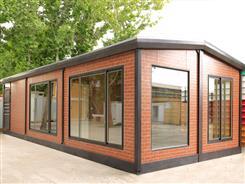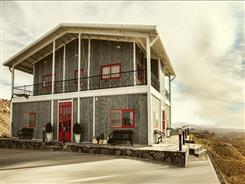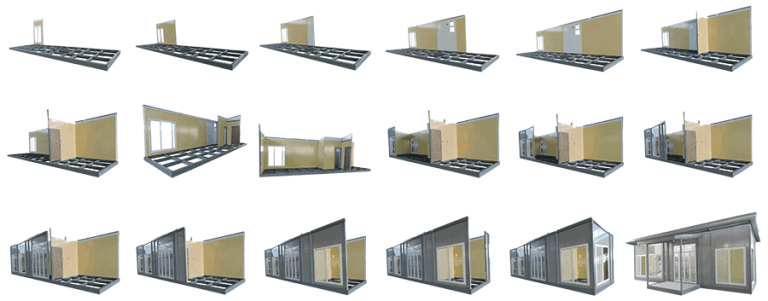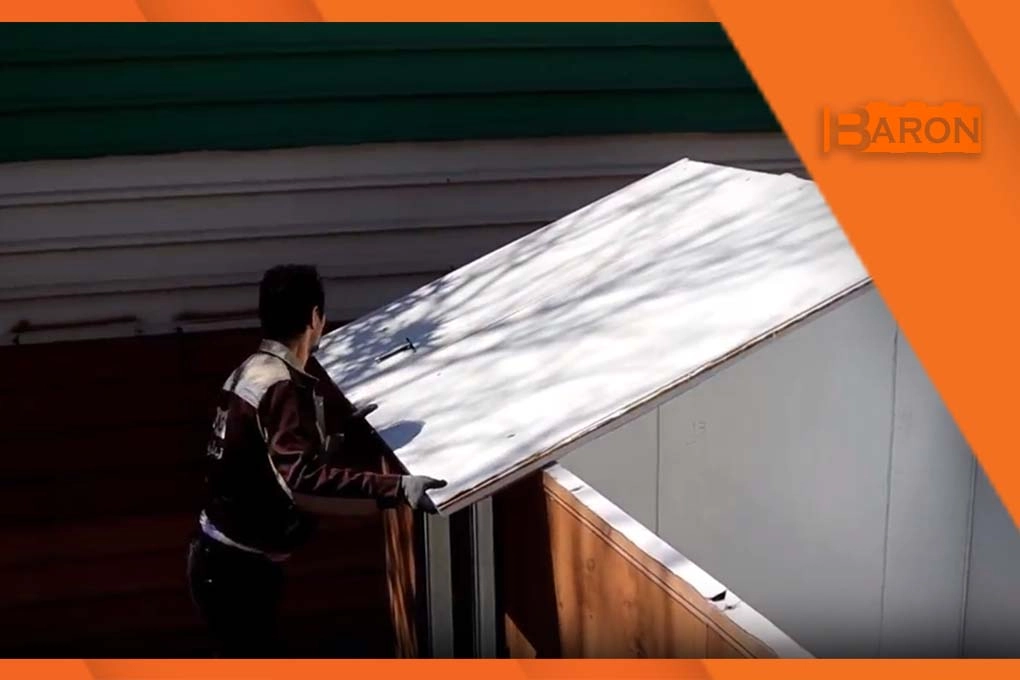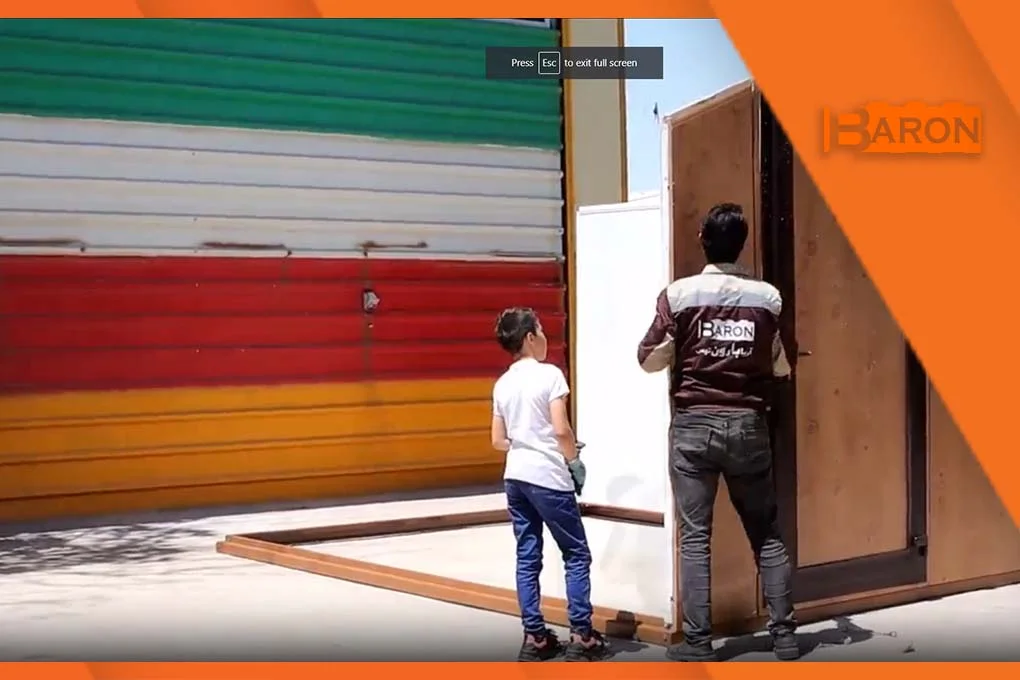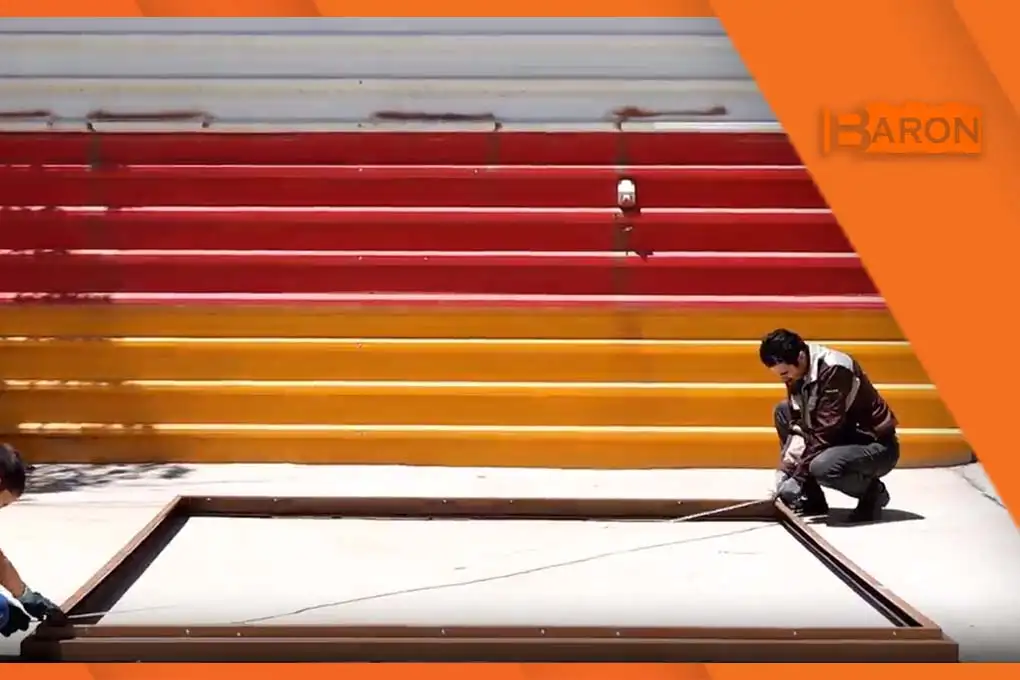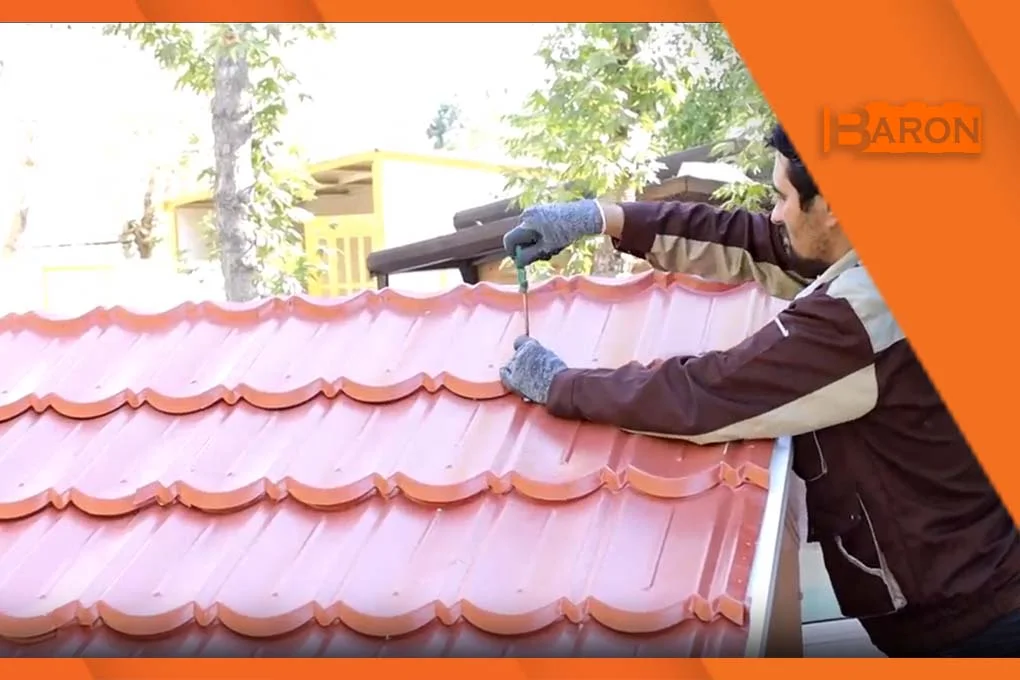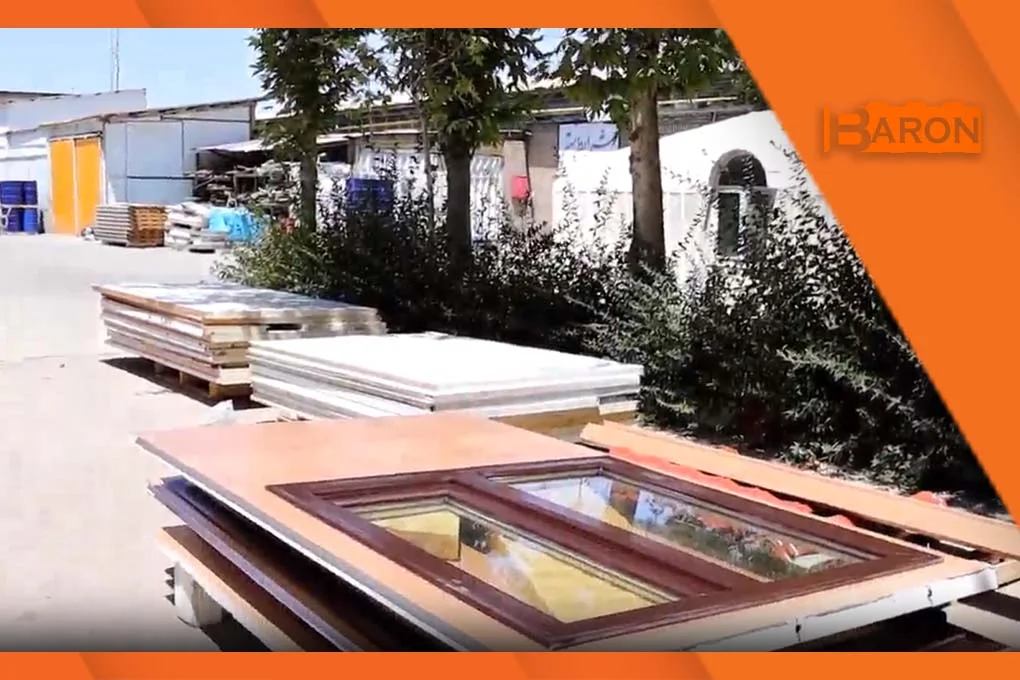On-site assembled prefabricated buildings are constructed in a workshop or factory and then assembled at the project location. One of the biggest advantages of these structures is their ability to be produced for any type of use. Due to their flexible structure, these structures demonstrate significant resistance to earthquakes and landslides. Prefabricated buildings may be installed without causing pollution at the project site. The most important features of on-site assembled prefabricated buildings include:
Foundation of On-Site Assembled Prefabricated Structures
To execute the foundation for such buildings, metal sheets must first be punched at the connection points. Before that, these metal sheets are bent in a cold rolling process. Subsequently, other required components are installed on them by welding. The profiles are connected to each other according to the building’s blueprint using screws and nuts. This metal network is referred to as the foundation of the prefabricated building. Specialized software is used to precisely determine the connection and networking of the profiles. This software analyzes the shape, thickness, and size of the profiles.
Skeleton of the Prefabricated Building
These structures’ steel frames or skeletons are connected from the base/floor to the foundation and from the sides to each other using bolts/screws and nuts. The thickness, design, and size of the profiles used for installing these on-site assembled prefabricated buildings are determined according to global standards. The regulations required for constructing such structures are also specified by relevant codes and software.
Floor of the Prefabricated Building
In these prefabricated buildings, the metal network of the floor is covered using Shadowline patterned sandwich panels. These sandwich panels, used for this purpose, are 75 mm thick. The top of these sandwich panels can be covered with parquet or ceramic tiles using special adhesive.
Roof of the On-Site Assembled Prefabricated Home
Most prefabricated buildings’ roofs are designed to be sloped and cottage-like. To cover these roofs, manufacturers use polyurethane (PU) sandwich panels with a thickness of 75 mm. The PU foam in these roof sandwich panels has a density of about 40 k/m3. The sheets of these sandwich panels are generally made of Aluzinc or galvanized steel, each about 0.5 mm thick.
Walls of the On-Site Assembled Prefabricated Structure
The walls of these buildings are composed of a metal frame connected using bolts/screws and nuts. The best sandwich panel for manufacturing the walls of these structures is a 40 mm thick double-sided PU sandwich panel. The sheets used for manufacturing the walls of on-site assembled prefabricated buildings are usually galvanized steel or Aluzinc, and the customers may choose their color.


